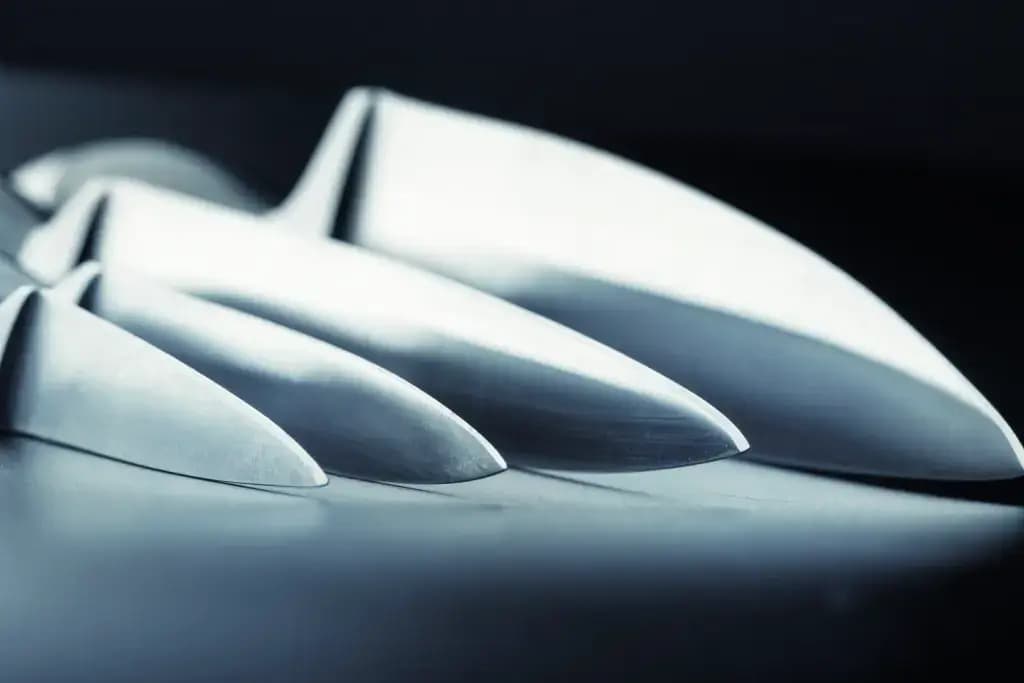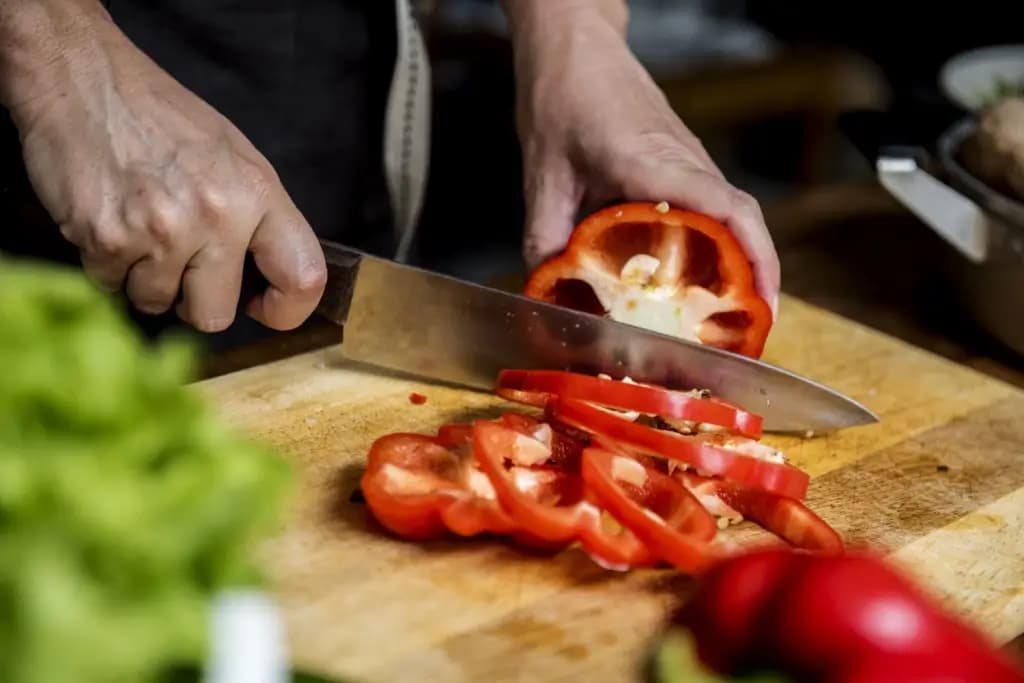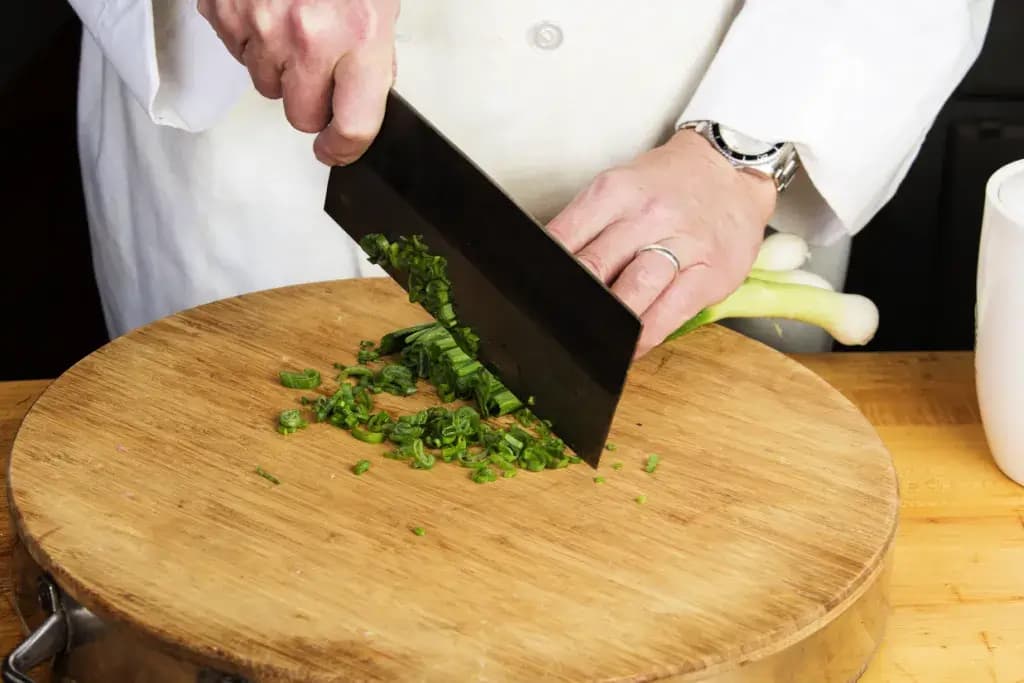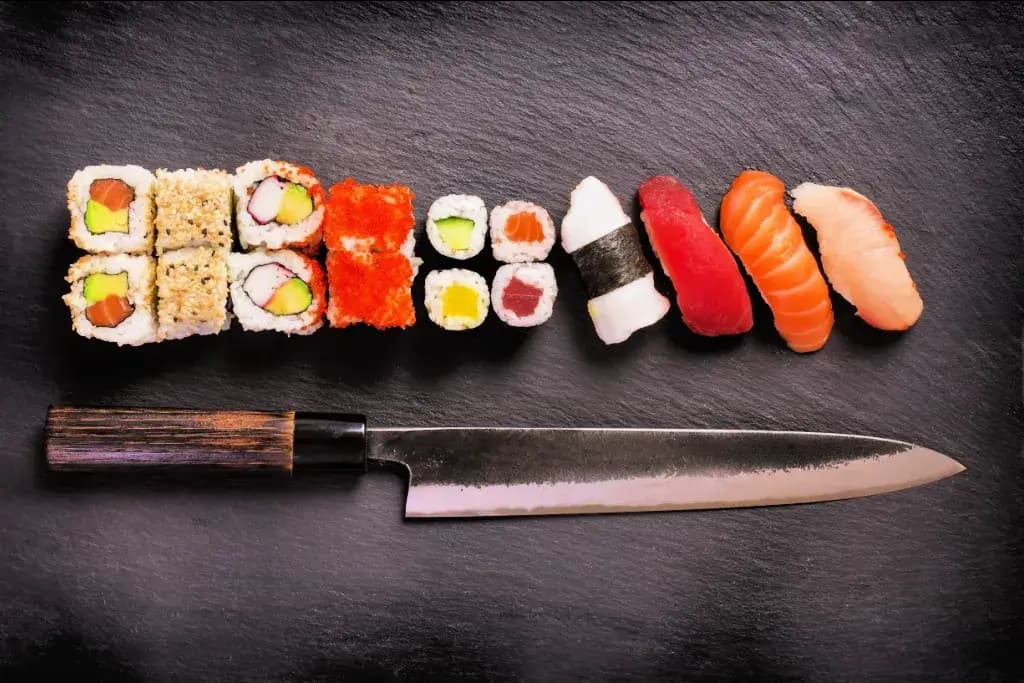

2025 OCTOBER 21
.Thuy Fang
Knife Steel Types Every Cook Should Know
The blade is considered the soul of a kitchen knife because it’s the key part that decides whether the knife is good or not. It can be made from different materials, such as metals, glass, ceramic, or even stone, but the most common is still steel. Let’s explore the popular types of knife steel to help you find the best kitchen knife for yourself!
Carbon steel
Carbon is among the purest and most traditional forms of knife steel. It’s admired for producing blades with razor-sharp edges that bite into food cleanly. Unlike others, it does not rely on chromium for protection, which makes the blade more responsive when sharpened. This is why chefs and artisans treasure its lively, precise edge. However, it needs care, as moisture or acidic foods can stain or cause rust.

What makes carbon different is its toughness and edge-holding ability. A carbon blade feels alive in the hand, offering control and feedback that stainless blades often lack. It sharpens quickly and reaches a very fine edge, loved by those who enjoy polishing their tools. However, this material asks for respect. If you forget to dry it or leave it in water, the blade can quickly lose its beauty.
Types of this blade material show different characteristics. Shirogami is simple and pure, sharpening to a silky edge with ease. Aogami adds elements for more strength and edge life, especially Aogami Super, which is famous among master chefs. Another classic is 1095, a common choice for survival and outdoor knives, known for reliability and hard cutting power. Each type balances hardness, sharpness, and toughness uniquely.
Stainless steel
This is one of the most trusted choices when it comes to knife steel. It’s basically iron mixed with carbon and at least 13% chromium. That chromium acts like a shield, protecting the blade from rust and staining. This makes stainless steel excellent for kitchens, where knives are always meeting water, fruits, and even strong spices. Its bright shine also gives the blade a professional look.

What makes the stainless blade stand out is its ease of care. You do not need special oils or complicated cleaning steps. Just wash, dry, and the knife is ready again. It’s also safer because the smooth surface does not easily hold bacteria. Still, there are trade-offs. Stainless steel can be softer than carbon one, so the edge may dull faster. This means it needs sharpening more often, but many chefs happily accept this balance for the low maintenance.
There are many varieties of stainless knife steel, each with its own character. The 420 is very rust-resistant but soft, so divers love it. The 440C, on the other hand, is harder and holds its edge longer, making it popular for kitchen knives. Japan’s AUS series blends vanadium for extra toughness, while modern SxxV steels offer extreme performance, though they can be harder to sharpen.
Are you looking for great knives from Japan? Check out ZAKU! ZAKU has authentic knives handmade in Japan for all of your culinary needs!

Tool steel
Tool belongs to the toughest and most hardworking kinds of blade material. It’s made with special alloys that give extra toughness and heat resistance. This allows the blade to cut, strike, and keep working even under heavy stress. That is why tool material is often chosen for outdoor blades, survival knives, and even industrial cutting tools.

What makes it different is how well it keeps its edge under pressure. A tool blade is less likely to bend, chip, or break, even in tough tasks. It can hold sharpness for a long time, which saves effort in sharpening. Yet, there are some drawbacks. It doesn’t resist rust as well as stainless, and it often needs special heat treatment to perform at its best.
There are several important types of this knife steel. A2 is incredibly tough but a little softer, making it more forgiving. D2 offers a strong edge holding and better rust resistance, though it can be harder to sharpen. And M2 and M4, known as high-speed grades, deliver extreme hardness and wear resistance, but may be too brittle for some kitchen uses.
What metals are not good for a kitchen knife?
Not every shiny metal makes a good kitchen blade. Precious ones, such as gold or silver, are too soft for cutting work. They may look elegant, but they cannot hold a fine edge for long. A blade made from them would bend, dull, or even dent quickly. In the kitchen, where sharpness and control matter most, softness is a weakness rather than a strength.

These metals also carry other problems. Gold is very dense, so a knife would feel heavy and uncomfortable in hand. Silver can tarnish, losing its brightness after meeting food or air. Both are also extremely costly, which makes them impractical for everyday cooking. What they offer in beauty, they lack in performance and durability.
For this reason, even though alloys like 18k gold may appear in some knives, they serve mainly as ornamental details. Makers sometimes add gold details for decoration, engraving, or luxury gifts. But the actual cutting core is always made from proper knife steel, because only that can balance sharpness, toughness, and long life. Without it, even the most beautiful blade would fail in real kitchen use.
Why should I trust knife steel?
Knife steel gains confidence because it represents a harmony between art, science, and daily usefulness. The combination of key qualities means that steel can serve both professionals who demand control and home cooks who need something reliable and easy to care for.

Plus, each type of carbon, stainless, and tool carries its own character, offering choices that suit different cooking styles and needs. Steel knives are not only tools but also cultural objects, holding stories of craft, patience, and innovation. Have you ever used knife blades made from other materials? Share your experience in the comments!


















